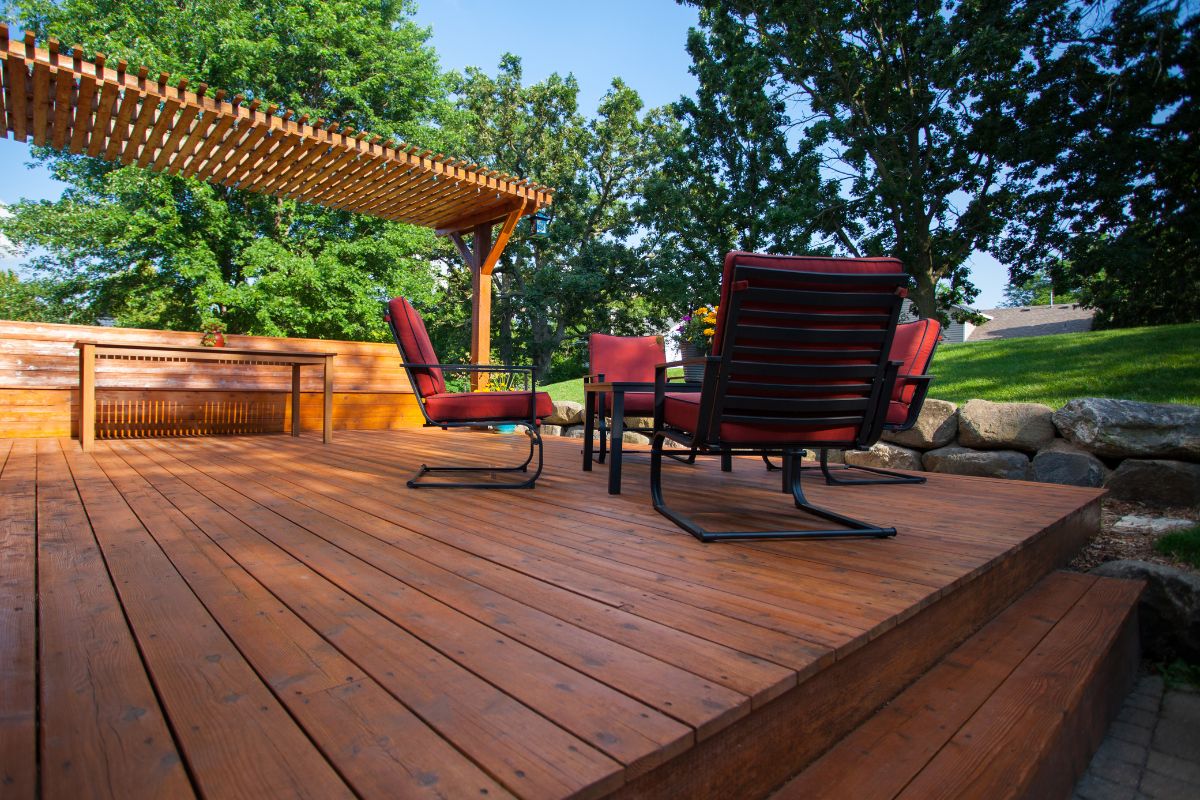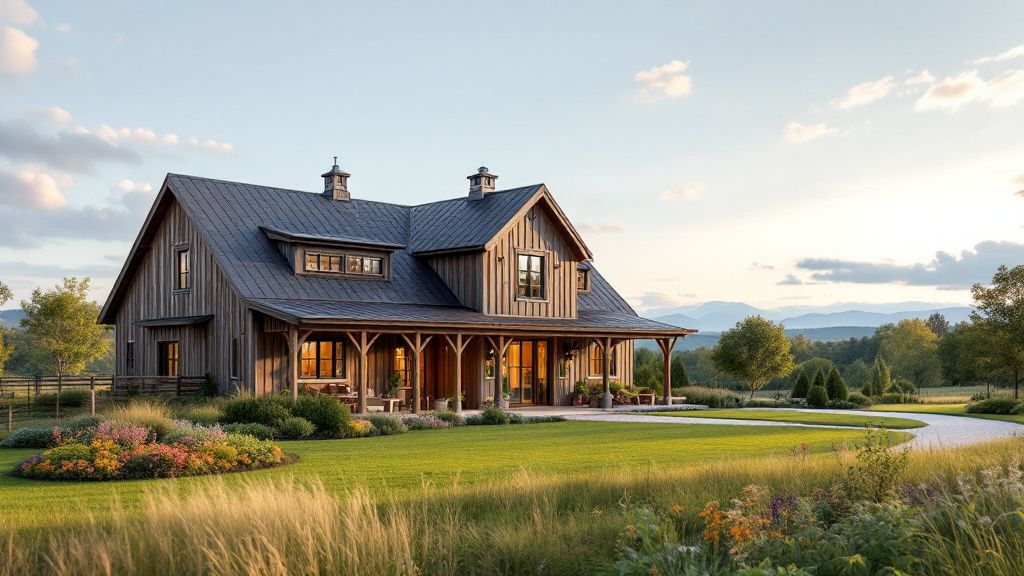Budget Your Project
Replacing your deck begins with setting a realistic budget to avoid unexpected expenses. First, calculate the cost to replace decking, considering materials like wood, composite, or PVC, each varying significantly in price. Don’t forget to include labor costs if you're hiring professionals, and always allocate a portion of your budget for unforeseen issues that might arise during construction.
Factor in the costs of tools and permits required for the project alongside the initial costs. With a comprehensive budget in hand, you’ll be better prepared to manage costs efficiently and achieve the deck of your dreams without breaking the bank.
Assess the Condition of Your Current Deck
Before diving into the replacement process, take the time to thoroughly assess the condition of your existing deck. Carefully inspect the deck boards, joists, and support posts for signs of rot, warping, or structural damage. Pay close attention to any areas where the wood seems soft or discolored, as these could indicate underlying issues that need to be addressed.
Checking the connections and fasteners is equally important, as loose or corroded hardware can compromise the deck's stability. Once you have a clear understanding of the condition of your deck, you can determine whether a full replacement is necessary or if certain parts can be salvaged.
Demolition
Now that you have your budget in place and know what needs to be replaced, it's time for the demolition phase. This process involves removing all the old deck boards, railing, and support posts. It's recommended to have a professional handle this step as it can be physically demanding and potentially dangerous if not done correctly.
If you're taking on the demolition yourself, make sure to wear protective gear such as gloves and safety glasses so you don't get injured. Use a claw hammer, reciprocating saw, or pry bar to carefully remove all the old materials and dispose of them properly.
Design Your New Deck
With the old deck removed, it's time to start designing your new one. For this step, you might want to consult with a professional deck builder or designer. They can help you create a deck plan that considers your budget, desired aesthetics, and any local building codes.
When designing your new deck, think about the layout, materials, and features you want. Do you want additional space for outdoor seating or a built-in grill? Would you like to incorporate lighting or a pergola? Or maybe you want a multi-level deck? Take the time to plan out every detail to ensure your new deck meets all your needs and preferences.
Obtain Necessary Permits
Depending on your location, you may need a building permit or zoning approval for your deck replacement project. Failing to secure proper permits can result in hefty fines and even having to tear down the newly built deck. Just imagine the time and money wasted!
To avoid any issues, contact your local building department or visit their website to find out what permits are required for deck construction. Make sure to submit all necessary paperwork and fees well in advance so that you don't experience delays in your project timeline.
Build the Foundation
The foundation is arguably the most critical aspect of building a deck that will withstand the test of time. Regardless of the size or style of your new deck, it must be built on a solid and level foundation. This typically involves pouring concrete footings and installing support posts.
Again, the best course of action would be to have a professional handle this step as they have the necessary tools and expertise to ensure the foundation is sturdy and up to code. However, if you're confident in your skills, make sure to follow all building codes and regulations closely.
Install New Materials
Once the foundation is set, it's time to start installing the new deck materials. Attach new deck boards, install railing posts and balusters, and add any additional features such as stairs or built-in seating. Follow manufacturer instructions for proper installation techniques to ensure the longevity of your new deck.
Consider the climate when selecting decking materials; composite wood decking offers enhanced durability in various weather conditions
If you're using wood materials, make sure to properly seal and stain them to protect against weather damage. If you've opted for composite or PVC decking, make sure to carefully read the warranty information and follow all recommended maintenance procedures.
.jpg)
Add Finishing Touches
With the major construction completed, it’s time to add the finishing touches to your new deck. This step enhances the aesthetics of your outdoor space and ensures that your deck is safe and functional. Install any desired accessories such as lighting, which can extend the usability of your deck into the evening hours. Solar-powered deck lights are a great, eco-friendly option that doesn’t require wiring.
Consider adding decorative elements like planters, outdoor rugs, or furniture that complements your deck’s design. These additions can make your deck feel like an extension of your home's living space. Apply a final sealant or protective coating if you're using wood materials to safeguard against moisture and UV damage. Take the time to apply these finishing touches, and you’ll create a beautiful, welcoming deck that you can enjoy for years to come.
Thanks to this step-by-step guidance, the deck replacement will be a rewarding project that significantly enhances your outdoor living space. When in doubt, consult professionals, especially for critical steps like building the foundation. With attention to detail and adherence to local building codes, you'll create a beautiful new deck and ensure it stands the test of time, providing years of enjoyment for you and your family.






Share: